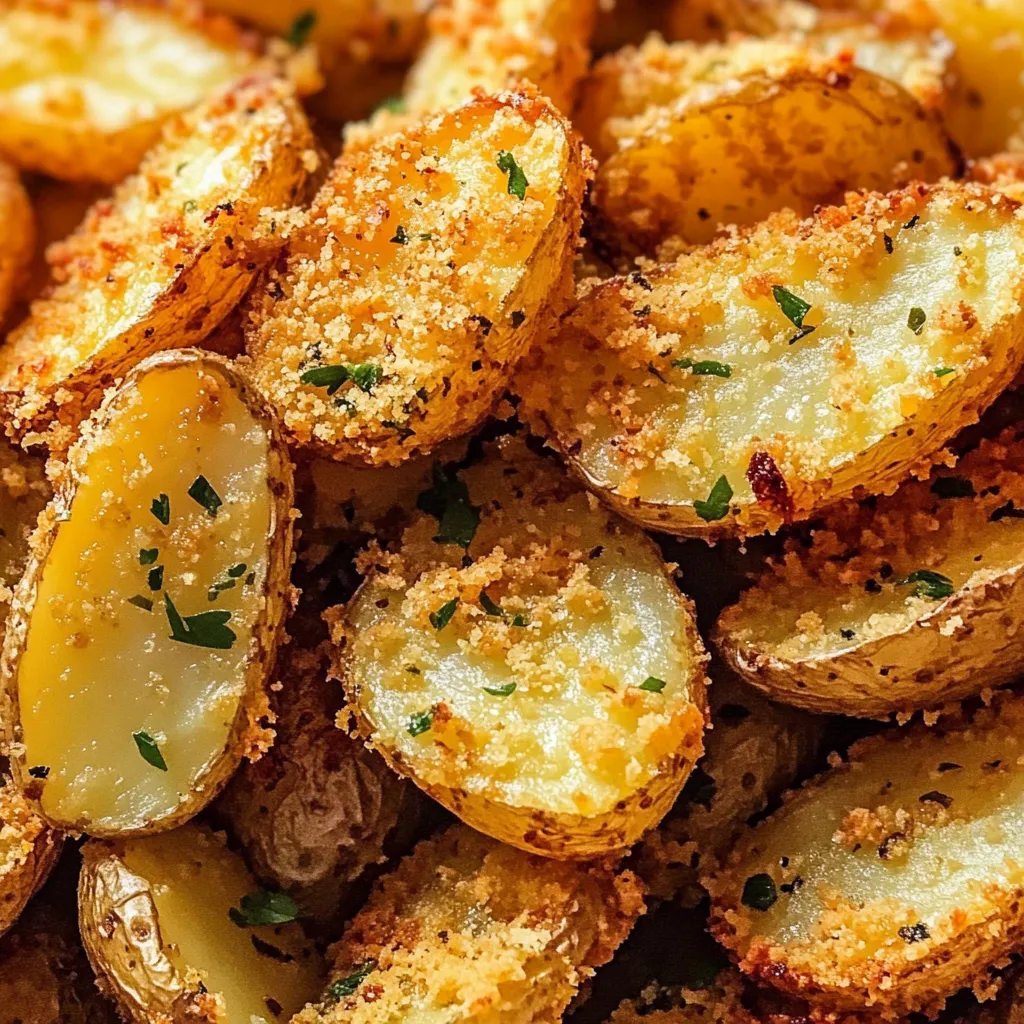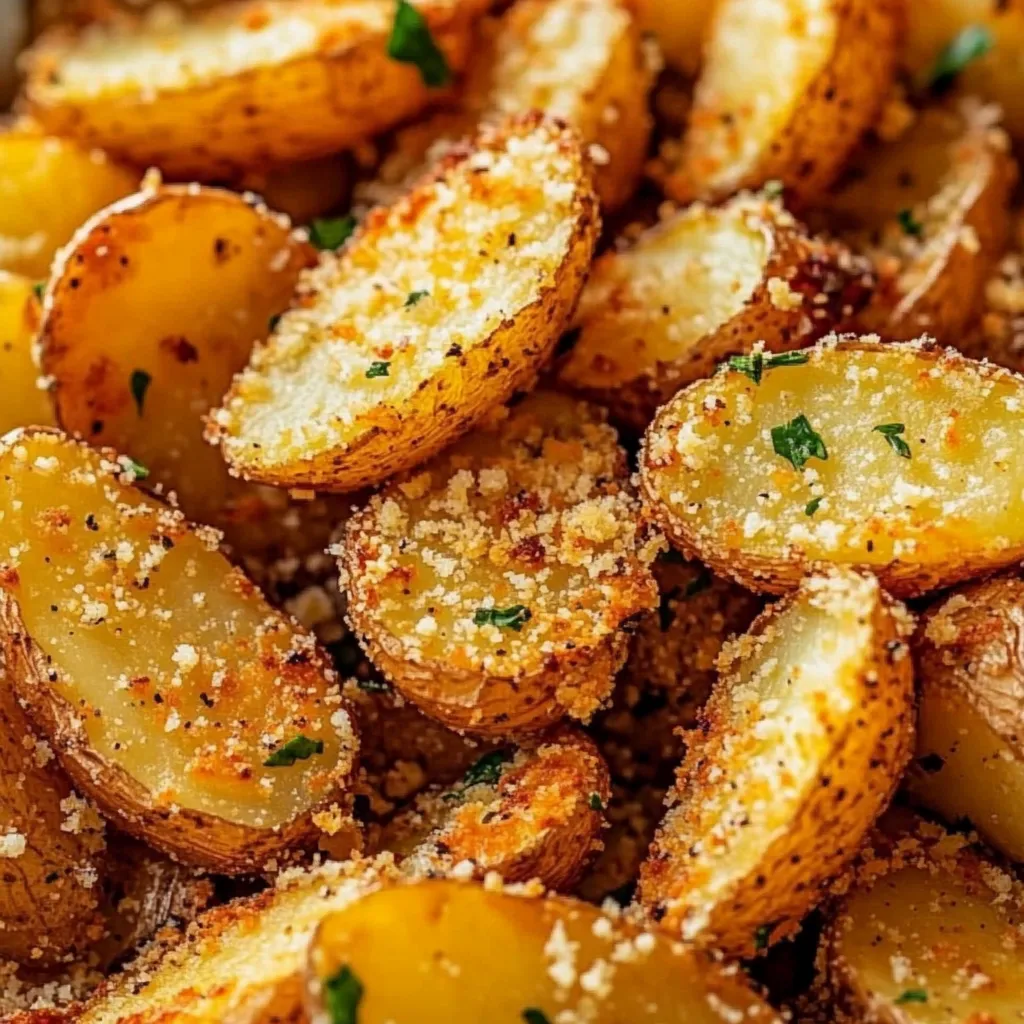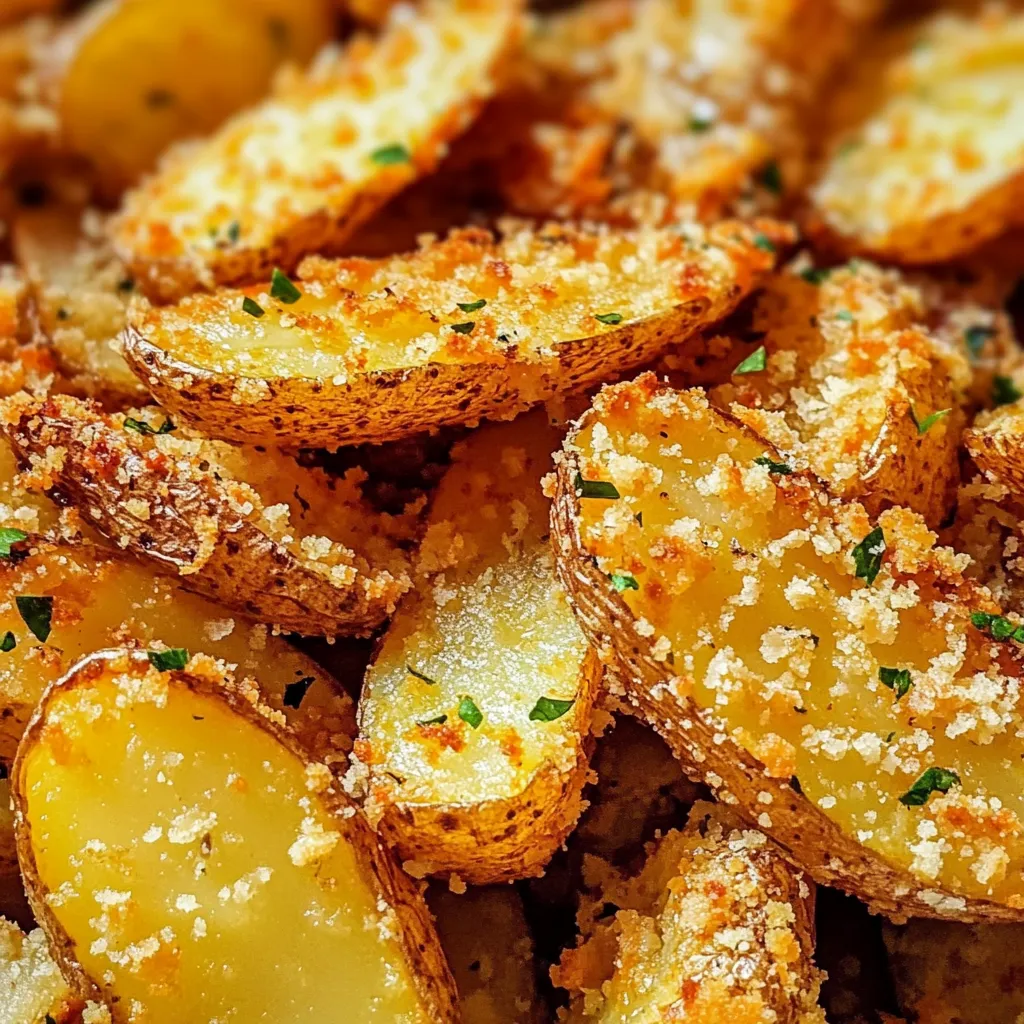 Save
Save
Fresh pasta emerges from your kitchen with a texture and flavor that store-bought versions simply cannot match. The transformation of basic ingredients into silky, tender strands creates a foundation for countless Italian classics. Making pasta at home connects you to culinary traditions spanning generations while offering the satisfaction of crafting something extraordinary from ordinary components.
I discovered homemade pasta during a particularly stressful week when kneading dough became my unexpected therapy. The repetitive motion and focus required pulled me away from racing thoughts, and the resulting dinner transformed an ordinary Tuesday into something special. My teenage son, typically indifferent to my kitchen experiments, actually wandered in asking what smelled so good—the ultimate validation.
Essential Ingredients Breakdown
- All-purpose flour: Creates the structure of your pasta, with enough protein to develop gluten but not so much that it becomes tough. Look for unbleached varieties for best flavor.
- Eggs: Provide richness, color, and binding properties. Farm-fresh eggs with bright orange yolks will give your pasta a beautiful golden hue.
- Olive oil: Adds suppleness to the dough and prevents drying during rolling. Choose a mild extra virgin oil rather than robust varieties that might overpower.
- Salt: Enhances flavor development in the dough. Fine sea salt dissolves most evenly throughout the mixture.
Crafting Perfect Pasta
Flour Mountain Creation
Form a mound of flour on a clean countertop, creating a well in the center large enough to hold your eggs. The well should have walls thick enough to contain the liquid but not so high that incorporating the flour becomes difficult.
Egg Incorporation
Crack eggs into the well along with oil and salt. Using a fork, beat the eggs while gradually drawing in flour from the inner walls. Work carefully to prevent the liquid from breaching the walls before it thickens.
Dough Formation
Once the mixture becomes too thick for a fork, use your hands to incorporate remaining flour. Knead for 8-10 minutes until smooth and elastic. The dough should feel slightly tacky but not sticky, resembling a firm earlobe when pressed.
Resting Period
Wrap the dough tightly in plastic and allow it to rest at room temperature for at least 30 minutes. This crucial step allows gluten to relax, making the dough easier to roll without springing back.
Rolling Technique
Divide the rested dough into manageable portions. Using a pasta machine or rolling pin, gradually thin the dough, dusting with flour as needed. For hand-rolling, aim for transparency thin enough to see your hand through it.
Cutting Process
Let partially dried sheets sit for 5-10 minutes before cutting. For machine cutting, feed through your desired attachment. For hand cutting, dust with flour, gently fold the sheet without pressing, and slice to your preferred width.
Fresh pasta develops profound connections with age-old Italian culinary traditions. Through simple ingredients and technique, you create something far greater than the sum of its parts. The process engages multiple senses—the silky feel of dough, the visual transformation from shaggy mass to smooth sheet, and ultimately the incomparable taste.
 Save
Save
My grandmother insisted that semolina flour created the best pasta texture, and I've found her wisdom rings true whenever I make tagliatelle. Her hands, weathered from decades of pasta-making, could feel the exact moment when dough reached perfection. When my children eat homemade pasta now, they're connecting with her legacy even though they never met her.
The relationship between pasta thickness and sauce pairing creates foundational understanding for Italian cooking. Thinner pastas pair beautifully with lighter sauces that coat rather than weigh down delicate strands. Thicker cuts stand up to robust, chunky sauces that might overwhelm more delicate pasta. Consider this relationship when determining how thick to roll your dough.
When cooking fresh pasta, use abundant water—at least 4 quarts per pound—generously salted to season the pasta from within. The water should taste like seawater, which might seem excessive but produces perfectly seasoned results. Watch carefully during cooking as the window between perfect and overcooked is narrow with fresh pasta.
Delicious Pairings
Fresh pasta welcomes countless accompaniments from light butter and herb sauces to rich ragùs. For first-time enjoyment, consider brown butter with sage leaves crisped in the bubbling butter and finished with freshly grated Parmesan. The simplicity allows the pasta's flavor to shine.
Create an elegant presentation by twirling long noodles into a nest shape using a carving fork. Place the nest on warmed plates and top with sauce and garnishes. The height adds visual interest while practical advantages—the twirled pasta retains heat longer than flat arrangements.
Complement pasta with crusty artisan bread for soaking up remaining sauce and a simple green salad dressed with lemon vinaigrette. The acidity balances the richness of the pasta and cleanses the palate between bites.
Recipe Modifications
Replace one-third of regular flour with semolina for authentic Italian texture and increased sauce-holding capacity. The resulting pasta develops a pleasant bite that stands up beautifully to hearty sauces.
Incorporate herbs into the dough by finely chopping fresh basil, parsley, or thyme and adding during initial mixing. The speckled appearance creates visual interest while infusing subtle flavor throughout.
Address dietary restrictions by creating egg-free versions using water and a touch more olive oil. While the resulting pasta lacks richness, the texture remains satisfactory for many applications, particularly when paired with flavorful sauces.
Leftover Management
Store uncooked fresh pasta by dusting generously with flour, forming into nests, and freezing on parchment-lined trays before transferring to airtight containers. Frozen pasta cooks directly from frozen—add an extra minute to cooking time.
Keep cooked pasta refrigerated for up to three days, tossed with a small amount of olive oil to prevent sticking. Reheat by briefly dipping in boiling water or gently warming in sauce over low heat.
Transform leftover pasta into frittata by mixing with beaten eggs, grated cheese, and herbs before cooking in an ovenproof skillet. The resulting dish makes a delightful lunch or light dinner option.
The transformation that occurs when making pasta by hand connects us to generations of Italian nonnas who perfected this craft through countless repetitions. While modern conveniences like food processors and pasta machines ease the physical burden, something almost magical happens in the transfer of energy from hands to dough. I encourage you to embrace the process rather than rushing through it—the meditative quality of pasta-making might become as nourishing as the resulting meal.
 Save
Save
Common Questions About Cooking
- → Can I use different types of potatoes?
- Yes! While Yukon Golds give the best buttery texture, red potatoes or fingerlings work great too. Just make sure they're small enough to cook through in the given time.
- → Why do I need to score the potatoes?
- Scoring creates little grooves that help the seasoning stick better and allows more flavor to penetrate the potatoes as they cook.
- → Can I make these ahead of time?
- They're best served fresh from the oven while the cheese crust is crispy. You can prep the potatoes and seasonings ahead, but I'd recommend baking just before serving.
- → What can I serve with these potatoes?
- These pair wonderfully with grilled steak, roast chicken, or any protein. Add a green salad or steamed vegetables for a complete meal.
- → My cheese stuck to the pan instead of the potatoes. What went wrong?
- Make sure you're using freshly grated Parmesan (not pre-grated), press the potatoes firmly into the cheese layer, and don't skip the 5-minute rest before removing them from the pan.
